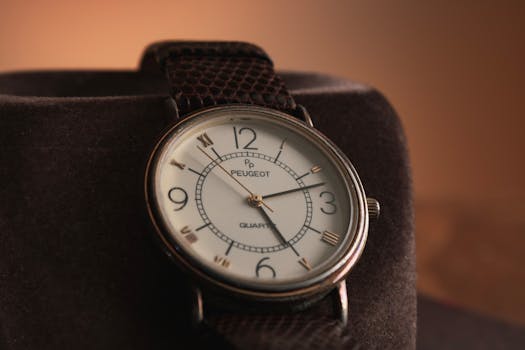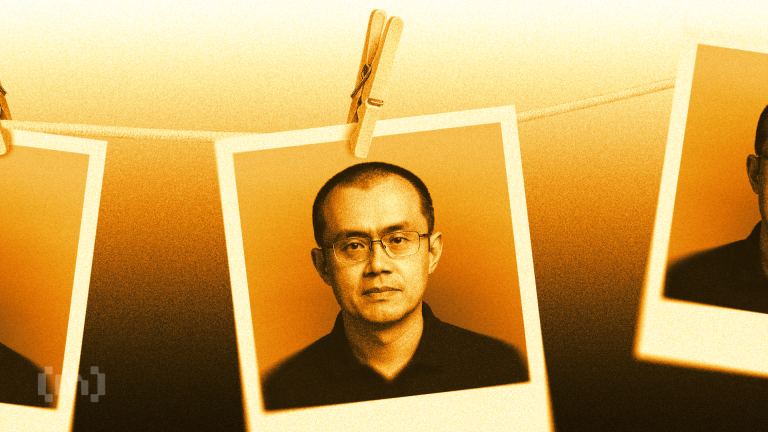
The Quartz Revolution: Transforming Traditional Watchmaking
Takeaways: 1) Quartz technology has dramatically changed the watch industry by increasing accuracy and reducing production costs. 2) Traditional mechanical watchmakers have had to adapt to the rise of quartz watches in order to remain competitive. 3) The blend of quartz and traditional craftsmanship is shaping the future of horology.
In the world of horology, few innovations have had as profound an impact as quartz technology. Introduced in the late 1960s, quartz movements revolutionized the way we perceive timekeeping and reshaped the traditional watchmaking landscape. This article explores the significant impact of quartz technology on traditional watchmaking, examining how it has influenced accuracy, production techniques, and the evolution of watch design.
The Rise of Quartz Technology

Quartz watches operate on a simple yet effective principle: a battery sends an electrical current through a quartz crystal, causing it to vibrate at a precise frequency. This frequency, typically 32,768 Hz, is then converted into a timekeeping signal, leading to remarkable accuracy. Where mechanical watches could deviate several seconds a day, quartz watches could maintain accuracy to within a few seconds per month.
The introduction of quartz movements significantly reduced production costs as well. Mechanical watches require a complex assembly of hundreds of tiny components, each meticulously crafted and assembled. In contrast, quartz movements are simpler and can be mass-produced, making watches more accessible to a wider audience. As a result, quartz watches quickly gained popularity, leading to the so-called “Quartz Crisis” in the 1970s, which challenged traditional Swiss watchmakers to rethink their strategies.
The Impact on Traditional Watchmaking

In response to this crisis, traditional watchmakers were forced to innovate. Some brands embraced quartz technology, incorporating it into their lines to appeal to a broader market. Others doubled down on their mechanical roots, emphasizing craftsmanship, heritage, and the artistry involved in creating intricate mechanical movements. This polarization led to the establishment of two distinct segments within the watch industry: quartz watches that prioritized functionality and affordability, and mechanical watches that celebrated traditional craftsmanship and luxury.
Despite the challenges posed by quartz technology, many traditional watchmakers found ways to merge the best of both worlds. Hybrid models began to emerge, featuring quartz movements paired with traditional design elements, thus catering to a diverse clientele. Luxury brands started offering quartz watches with high-end materials and designs, proving that quartz technology could coexist with traditional watchmaking principles.
The Future of Watchmaking: A Synthesis of Technologies

Moreover, advancements in technology have opened new avenues for innovation. Smartwatches have emerged as the latest evolution in timekeeping, combining the accuracy of quartz with the functionality of modern technology. Traditional watchmakers are now exploring how to incorporate smart technology into their designs, offering consumers a blend of classic aesthetics with contemporary features.
The future of horology lies in the ability to adapt and innovate. As quartz technology continues to influence watchmaking, traditional artisans are finding ways to integrate these advancements while preserving the artistry that defines their craft. This fusion not only honors the past but also embraces the future, ensuring that watchmaking remains a vital and dynamic industry.






